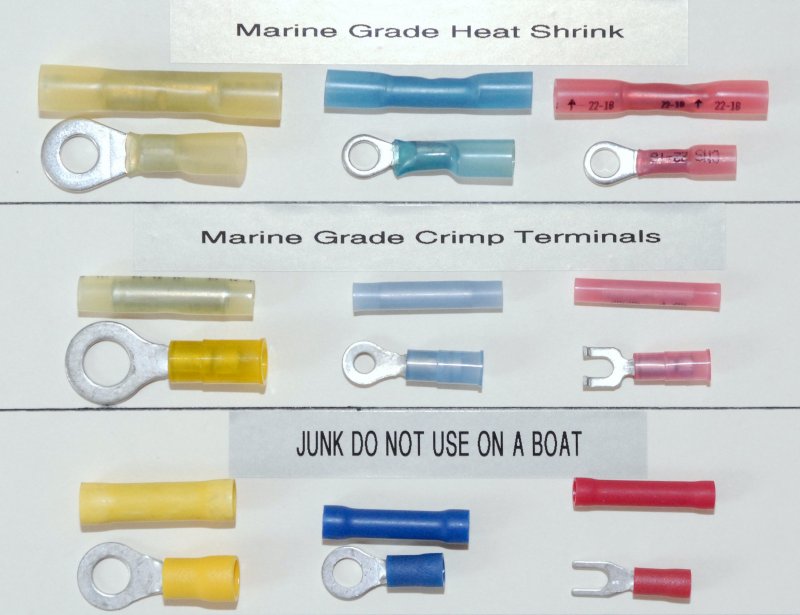jmcdboater
Well-Known Member
- May 28, 2022
- 574
- Boat Info
- 1988 300 DA Sundancer
Vessel JIM’N’I IV
- Engines
- Twin 5.7L Mercs w/Alpha One Drives
Koehler KVA 4 Genset
Hi Everybody,
Need some help. We have an older girl, ‘88 300 SunDancer. See attached picture of an old fuse block, I need to replace it. Should I be trying to find one like this, or just get something newer? I’m having trouble with blowing fuses on my Vaccuflush pump, I think my pump might be seizing…..makes things difficult for my wife, she shouldn’t have to always leave the boat and go up to the marina shower room….I gotta get this thing fixed…any suggestions?

Need some help. We have an older girl, ‘88 300 SunDancer. See attached picture of an old fuse block, I need to replace it. Should I be trying to find one like this, or just get something newer? I’m having trouble with blowing fuses on my Vaccuflush pump, I think my pump might be seizing…..makes things difficult for my wife, she shouldn’t have to always leave the boat and go up to the marina shower room….I gotta get this thing fixed…any suggestions?



